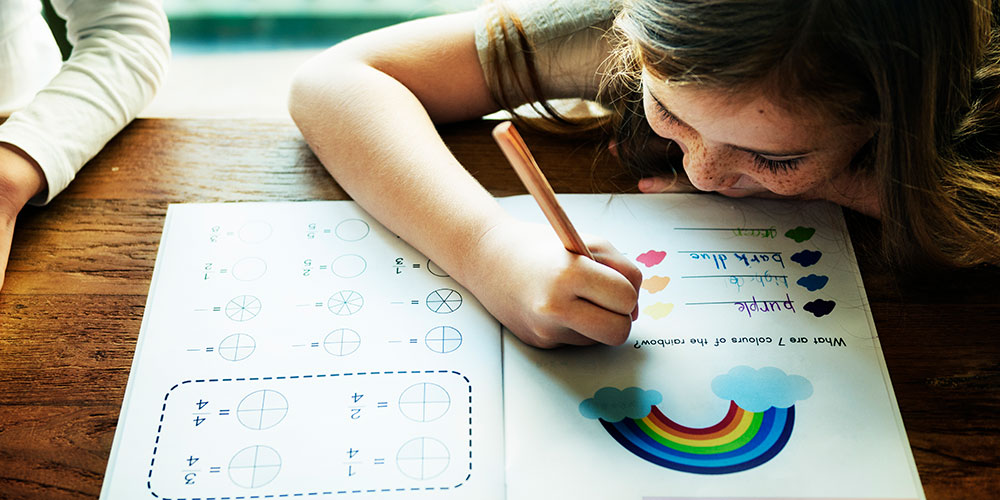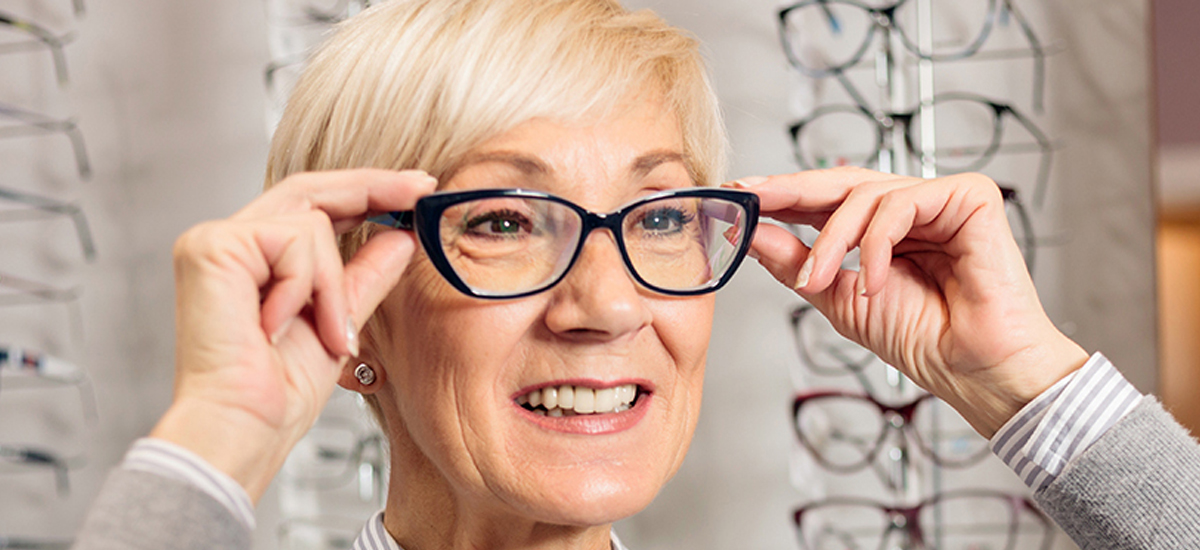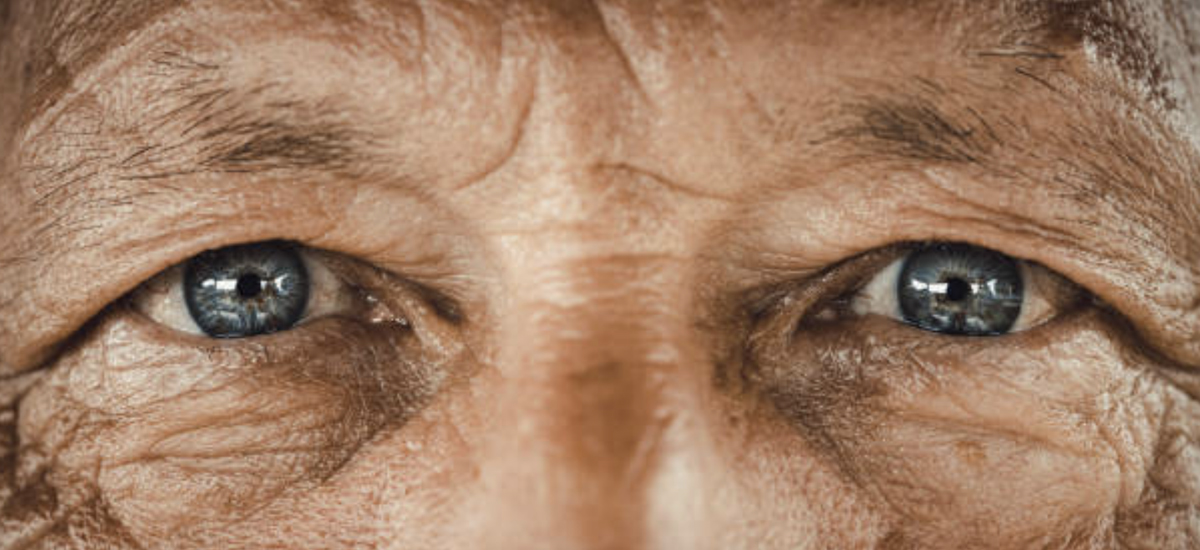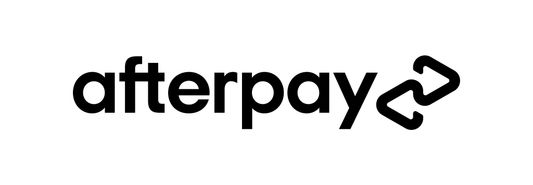What Types of Vision Problems Are Common in Children?
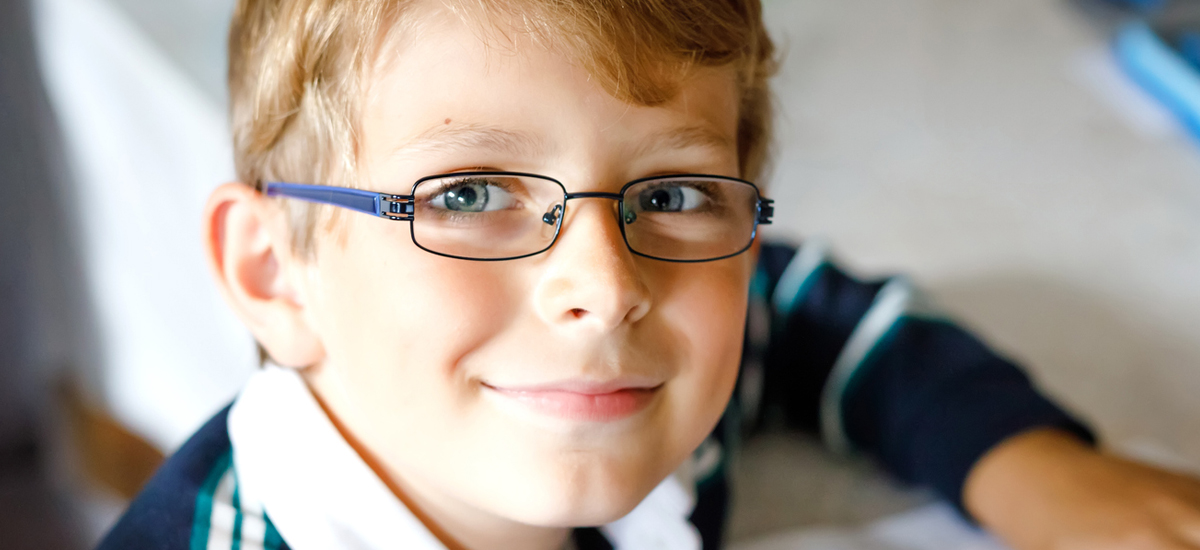
According to the American Optometric Association (AOA), children’s eyesight and academics go hand in hand. Proper visual skills are fundamental to helping your child do well in the classroom. Kids use their eyesight in many ways during school, from reading textbooks to working on the computer.
If your child has vision issues, they may fall behind their peers at school, and their athletic abilities may be impacted, too. The best way to stay ahead of eyesight issues in your children is to understand what types of vision problems are common in children and to keep an eye out for the symptoms. From there, you can schedule a comprehensive eye examwith your child’s eye doctor.
What types of vision problems are common in children?
School tests your child’s eyes every day. Whether your child needs to switch focus from their homework to the whiteboard in a moment’s notice, or your child must memorize and comprehend a large block of text, they’ll need the best eyesight and visual abilities they can get.
What types of vision problems are common in children? Refractive errors seem to happen the most as children go through school. Here are the primary ones to look for:
#1: Astigmatism
This eye issue happens when your child’s cornea takes on an odd form (think: a football versus a soccer ball) or if their eye lens bends at the wrong angle. Both of these factors keep light from going to the retina, which can affect how your child sees visuals.
Astigmatism is known for making children’s vision blurry at various distances. It may also agitate their eyes and contribute to headaches. If your child has astigmatism, they’ll likely experience other refractive errors, too. Keep in mind that astigmatism can also progress throughout your child’s school years, making an annual comprehensive eye exam essential.
#2: Farsightedness
While your child may have no problems seeing the whiteboard at school or noticing details across the playground, they might struggle to read. This may be due to farsightedness (also known as hyperopia), which can make the text on books look blurry since it’s so close to their face.
Farsightedness happens when your child’s eyes can’t maneuver light at the right level or when their cornea doesn’t bend enough. As one of the most common child eye problems, the symptoms include eye fatigue, issues focusing on schoolwork, and strained eyes after working on a close-up task for too long.
#3: Nearsightedness
This refractive error, also called myopia, is one of the most common vision problems in children. It can make it easy for your child to work on their homework at their desk, but it can make them struggle to view the teacher’s notes on the whiteboard.
Nearsightedness results from having an extended eye or a cornea that flexes too much in one direction. This can prevent your child’s eyes from concentrating light on the retina, which can cause blurry distance vision. Nearsightedness symptoms can begin when your child starts school and develop until your little one turns 20.
Summary: Eye Issues in Kids
Child eyesight deterioration can happen at any time, but it’s not uncommon for it to coincide with their school years. This is because the classroom can test your child’s vision, from requiring them to refocus their attention to having them use their near and distance vision more than usual.
What types of vision problems are common in children? Refractive errors are what we see the most in school-aged kids. Astigmatism, farsightedness, and nearsightedness are the conditions to keep an eye out for--and blurry vision is a symptom of all of them.
If you’re concerned about your child’s vision, don’t worry. Children’s eyesight can improve as they get older. The key is to keep up with your child’s eye doctor appointments, as eye exams are the best way to monitor their vision.
Book your eye exam at For Eyes
Have you had your annual comprehensive eye exam? Schedule an appointment with an Independent Doctor of Optometry at your local For Eyes.

